Crew 206 February 26th 2019
Sol 2
Just like yesterday, today’s plan was very dense. We got out of bed at 07:00 am, half an hour later than yesterday. Once again we worked out for a little more than 30 minutes. I took the same physical program that our commander had last year for mission 189. It’s quite intense but it’s a good exercise to start the day. We are slowly getting used to it, although we all have muscle aches from Sol 0. I am gathering the results of every crew member so we can see the evolution of our performances during the mission.
After a short breakfast with cereals, we started preparing for EVA #2. Although it wasn’t going to be a long EVA, we had to make sure we had prepared everything to correctly install our two outdoor instruments : LOAC and the weather station. So four of us (Benjamin, Cerise, Gaspard and I) went to the location we had spotted on EVA #1, 500 meters from the Hab. We took two rovers to carry the equipment which was cumbersome and heavy, especially the car battery. Installation went fine, but we had to go back to the Hab twice to get some tools. Aurélien was the HabCom and assisted the crew, by dropping what lacked for the EVA in the Engineering Airlock. I have to admit we had some unexpected issues that we could have thought of, but these few first days are very intense and tiring.
After that, most of us worked on our reports and experiments (these days whenever we have free time we use it to write reports and work on our experiments). Norbert worked in the GreenHab and gave space to the carrots and the salads. He started his experiments by planting radishes in eight pots. Aurélien and Norbert prepared pizzas for lunch, so we had a great meal ! After that I started working on the TELEOP experiment, which I supervise. I had some issues with the tele-operated rover. I couldn’t connect it to my computer although the exact same set-up in France worked fine. For today the crew only operated the simulated rover. Then it was time for the Virtual Reality session. I really like this experiment, it feels very relaxing to watch relaxing nature videos in the VR headset. I’m eager to see what will come out of the results. Then we all started working on our reports. Aurélien worked on preparing the meal again, but this time with Benjamin.
I’m quite happy with the mission beginning, the crew is adapting pretty well to the procedures, all experiments are developing well with only small drawbacks. They all have some great ideas for the rest of the simulation, for upgrading the station and improving some experiments. I think this mission will be very interesting…
Jeremy Auclair, Crew 206 Commander


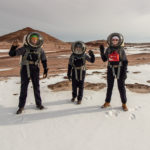
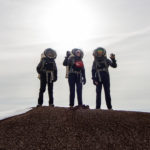
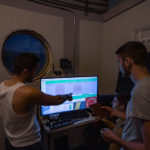
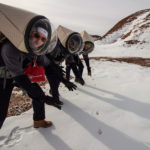
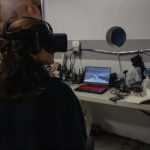
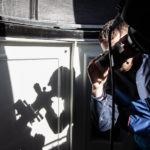

You must be logged in to post a comment.